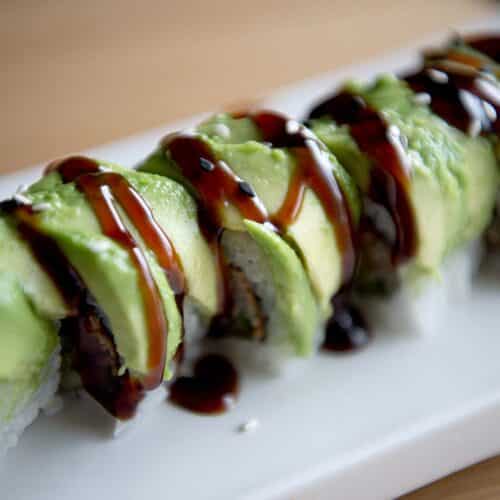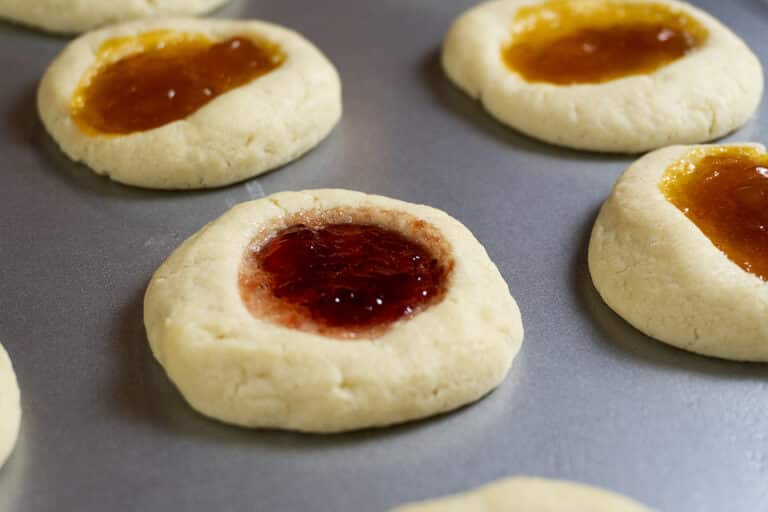Caterpillar Roll

Sushi has always captivated palates with its perfect mix of flavors and textures. The Caterpillar Roll is a standout roll among its varied menu because it is a special combination of ingredients and creative cooking.
Wrapped in a bed of seasoned sushi rice and nori, this delicious delicacy combines the richness of eel, the creaminess of avocado, and the tanginess of eel sauce. In-depth information about the history, components, and methods of preparation of the Caterpillar Roll are included in this article.
Why You’ll Love This
Sushi in the shape of a caterpillar is a sensory extravaganza. From the soft eel to the creamy avocado, each bite offers a pleasing fusion of flavors and textures, enhanced by the savory eel sauce and the delicate sweetness of the sushi rice.
Its eye-catching appearance—it looks like a caterpillar with slices of avocado all over it—adds to the attraction of this culinary masterwork.
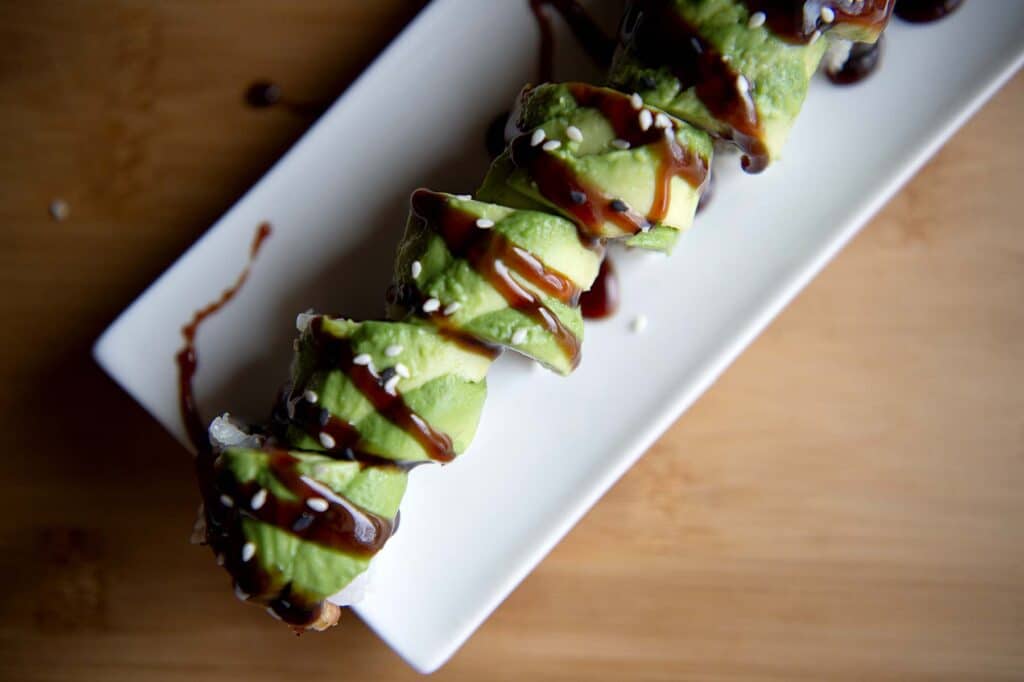
What Kitchen Tools Are Needed For This Recipe
To craft the Caterpillar Roll sushi, you will need a few essential kitchen tools:
- Bamboo rolling mat (makisu): Used to tightly roll the sushi ingredients together.
- Plastic wrap: Helps prevent the rice from sticking to the bamboo mat and facilitates the rolling process.
- Sharp knife: Essential for slicing the sushi roll into uniform portions.
- Mixing bowl: To prepare and season the sushi rice.
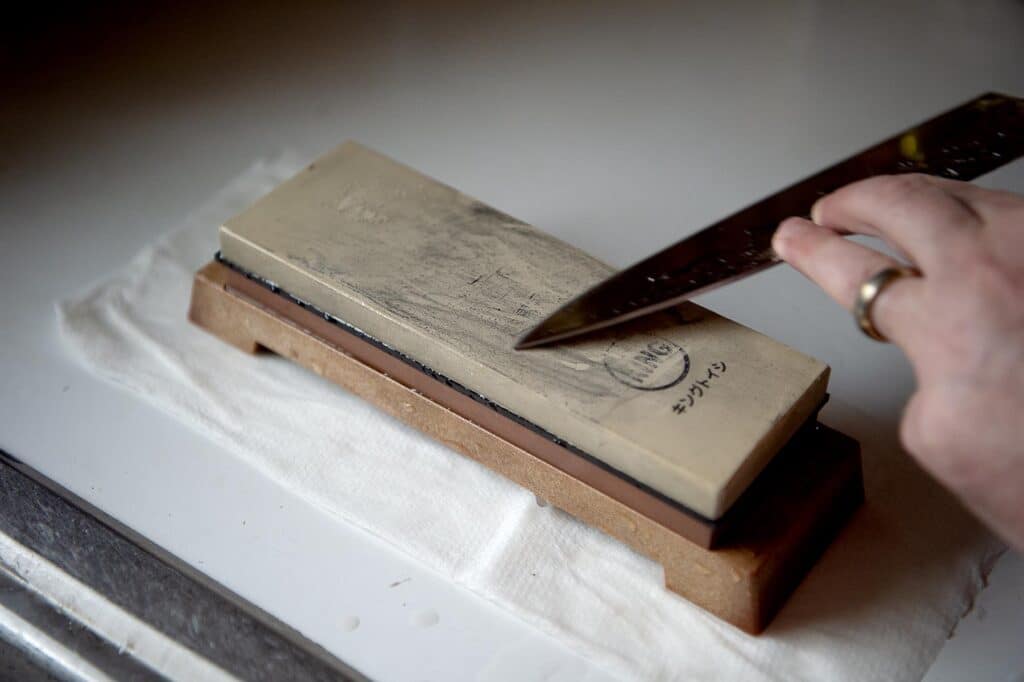
What Ingredients Are Needed
Gathering the right ingredients is crucial for creating an authentic Caterpillar Roll sushi:
- Sushi rice: Short-grain rice seasoned with rice vinegar, sugar, and salt.
- Nori (seaweed sheets): Provides structure and adds a subtle oceanic flavor to the roll.
- Avocado slices: Creamy and buttery, avocado lends a unique texture and flavor to the roll.
- Unagi (eel): Grilled and glazed with sweet eel sauce, imparting a rich umami taste.
- Eel sauce: A sweet and savory glaze made from soy sauce, mirin, sugar, and sake.
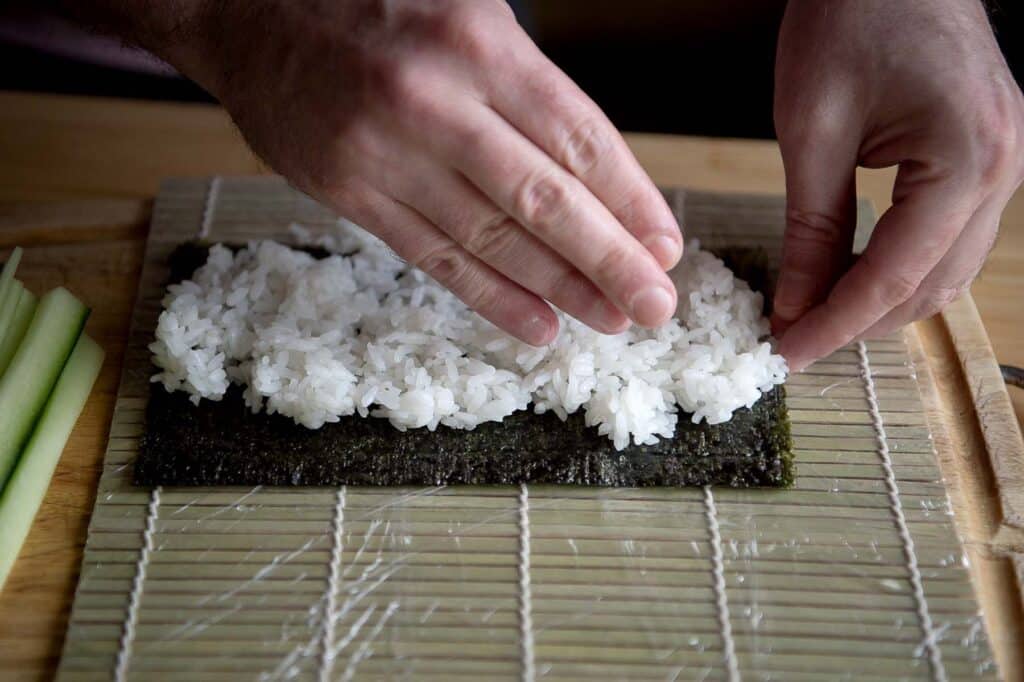
How To Make It
- After giving the sushi rice a thorough wash, cook it as directed on the package. While still heated, season with a blend of sugar, salt, and rice vinegar.
- Place a nori sheet, shiny side down, on the bamboo rolling mat. Evenly cover the nori with a thin coating of sushi rice, leaving a little border all around.
- Place the grilled eel and avocado slices in the middle of the nori sheet covered in rice.
- Roll the sushi carefully on the bamboo mat, gently pressing to make it into a cylindrical shape.
- With a sharp knife, cut the rolled sushi into even pieces.
- For the final touch, drizzle eel sauce over the top of each piece of sushi.
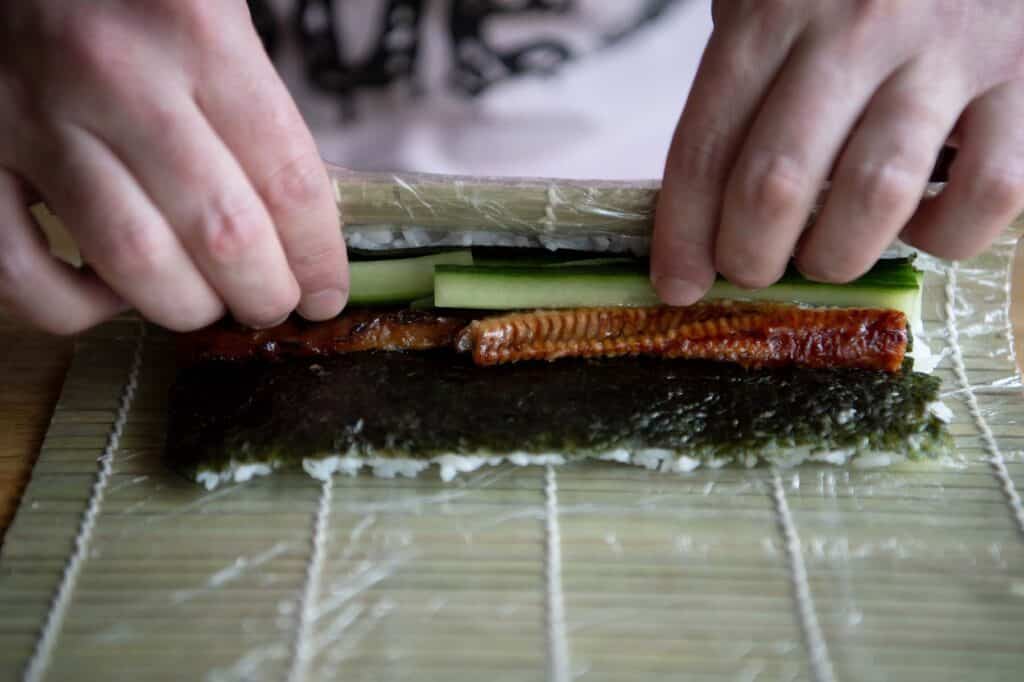
Helpful Tips
- Use ripe but firm avocados for easier slicing and handling.
- Dip your knife in water between each slice to ensure clean, precise cuts.
- Don’t overfill the sushi roll to prevent it from bursting during the rolling process.
History Behind This Recipe
It is thought that during the late 20th-century sushi boom in the United States, the Caterpillar Roll sushi first appeared. Its appearance—a caterpillar with avocado slices layered on top of the roll—is the source of its moniker. The Caterpillar Roll personifies the spirit of creativity and exploration in sushi cuisine, in contrast to traditional sushi, which emphasizes simplicity and elegance.
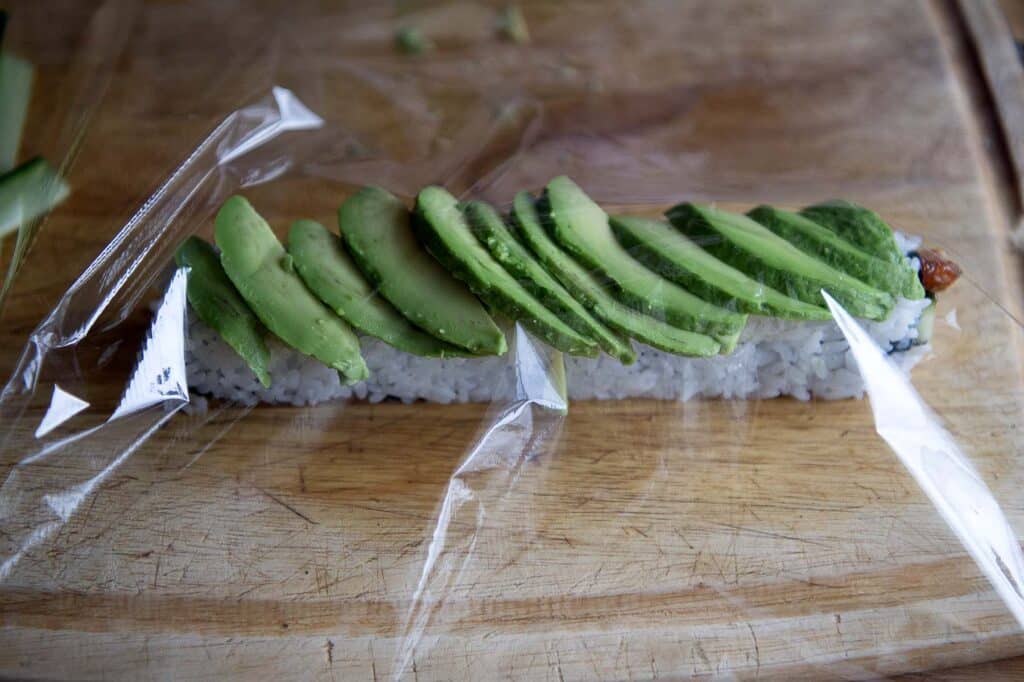
Substitutions And Variations
- Substitute cooked shrimp or imitation crab for the eel to create a different flavor profile.
- Experiment with different fillings such as cucumber, crab stick, or pickled radish for added texture and freshness.
- For a vegetarian version, omit the eel and replace it with marinated tofu or grilled vegetables.
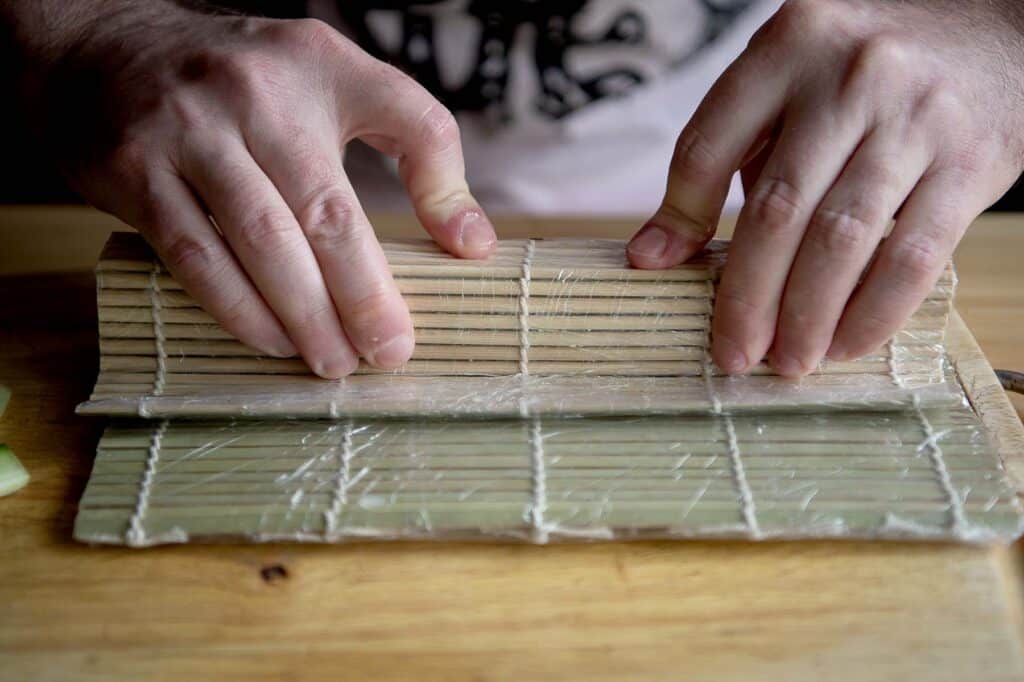
Frequently Asked Questions (FAQ)
Can I make the Caterpillar Roll sushi ahead of time?
Yes, you can prepare the ingredients in advance and assemble the sushi rolls just before serving to ensure freshness.
Where can I find eel sauce?
Eel sauce is available in most Asian grocery stores or can be made at home using simple pantry ingredients.
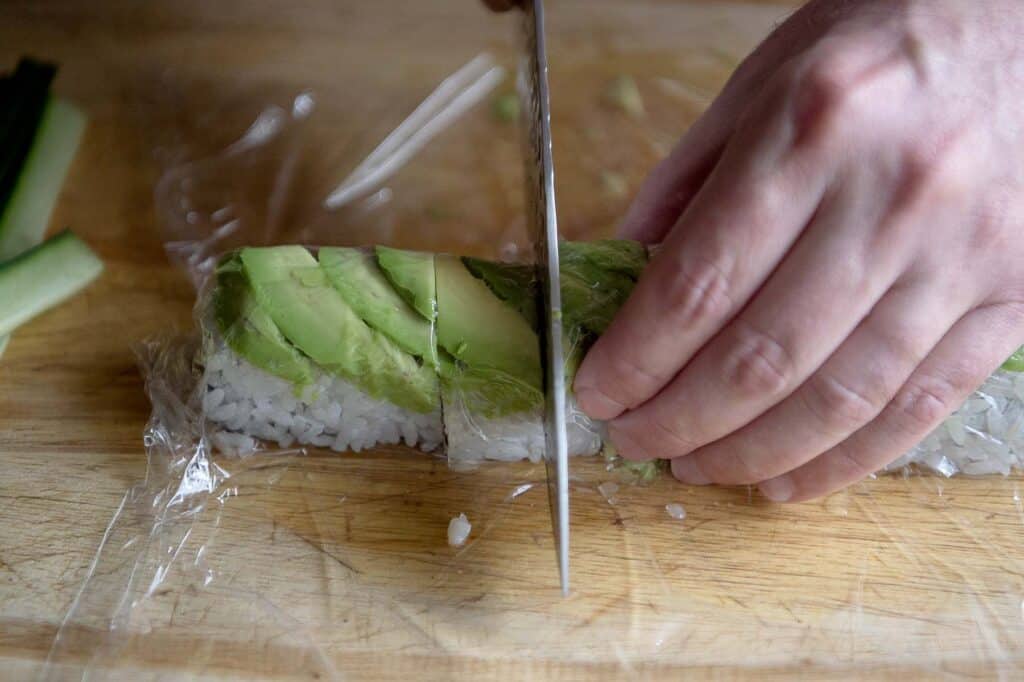
Where can I find EEL in America?
Finding eel in America can vary depending on your location and access to specialty seafood markets. However, many well-stocked supermarkets, especially those with a dedicated seafood section, may carry eel, particularly unagi eel, which is commonly used in sushi dishes like the caterpillar roll. You can also explore Japanese or Asian markets, as they often have a wider selection of eel varieties, including fresh and frozen options. Additionally, online seafood suppliers may offer eel for purchase, allowing you to have it delivered to your doorstep.
What different types of eels are there?
Several types of eels are used in culinary preparations around the world. In Japanese cuisine, two main types of eels are commonly consumed:
- Unagi: Unagi refers to freshwater eel, specifically the Japanese eel (Anguilla japonica). It is often grilled and glazed with a sweet soy-based sauce.
- Anago: Anago is saltwater eel, typically served as sushi or grilled. It has a delicate flavor and is often enjoyed with a lighter sauce compared to unagi.

Apart from these, other types of eels found globally include conger eel, moray eel, and European eel, each with its own culinary applications and regional preferences.
How do I make eel sauce?
Eel sauce, also known as unagi sauce or kabayaki sauce, is a sweet and savory condiment commonly drizzled over sushi rolls, particularly those containing eel. To make eel sauce at home, you will need the following ingredients:
- 1/2 cup soy sauce
- 1/2 cup mirin (Japanese sweet rice wine)
- 1/4 cup granulated sugar
- 1 tablespoon sake (Japanese rice wine)
Here’s how to prepare it:
- In a saucepan, combine the soy sauce, mirin, sugar, and sake.
- Place the saucepan over medium heat and stir until the sugar is completely dissolved.
- Bring the mixture to a gentle simmer, then reduce the heat to low.
- Allow the sauce to simmer gently for about 10-15 minutes, or until it thickens to a syrupy consistency. Stir occasionally to prevent burning.
- Once the sauce has thickened, remove it from the heat and let it cool to room temperature.
- Transfer the eel sauce to a container or squeeze bottle for easy drizzling.
Homemade eel sauce can be stored in the refrigerator for up to a few weeks. Simply reheat gently before using, if desired, to loosen the sauce consistency. Adjust the sweetness or thickness to your preference by adding more sugar or reducing the sauce further during cooking.
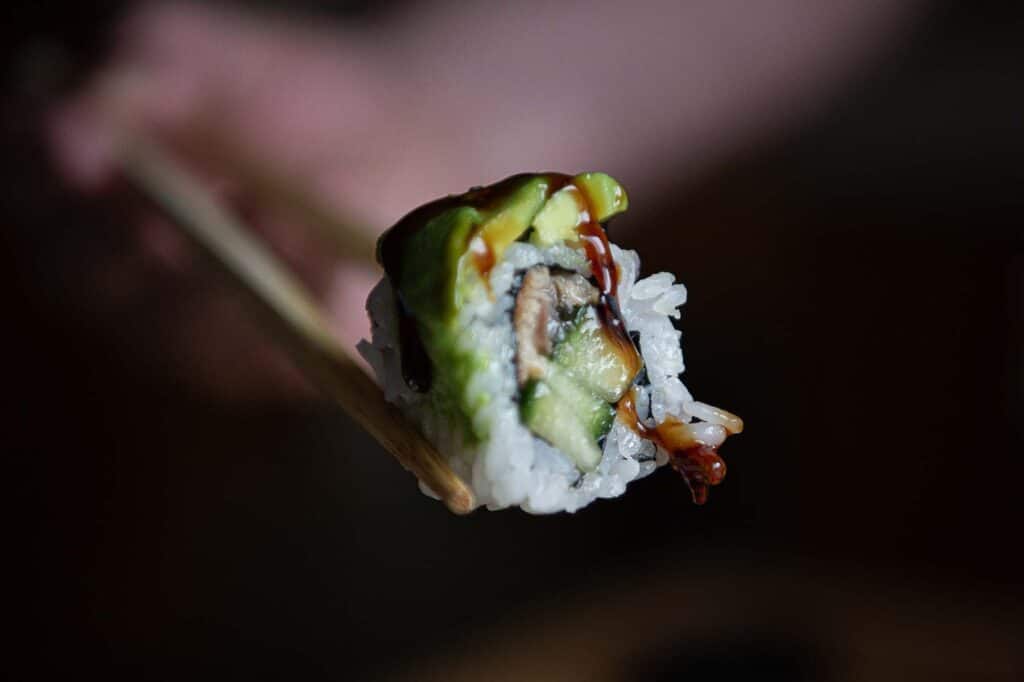
Storage Instructions
You just need to eat it all. No storing allowed!
The Caterpillar Roll is a testament to the endless possibilities of sushi cuisine, marrying tradition with innovation to create a truly memorable dining experience.
Whether enjoyed as a light snack or the centerpiece of a Japanese-inspired feast, this iconic roll continues to enchant sushi enthusiasts worldwide.
- 1 bamboo sushi roller mat
- cling wrap
- ¾ lb bbq eel (unagi) cut into strips, warm
- 1 cup cooked sushi rice warm
- 4 sheets nori
- 1 small cucumber cut into strips
- 1 avocado pitted, peeled, and thinly sliced
- unagi sauce
- sesame oil
- Wrap your sushi mat in cling wrap. Lay a sheet of nori on top. Wet your hands and spread ½ – ¾ cup of sushi rice on the nori, pushing down to evenly spread it out. Carefully flip the sheet over so the rice is on the bottom.
- Lay a unagi and cucumber slice on top of the nori, about an inch from the edge closest to you. Grabbing both nori and the mat, roll the mat over the filling so the extra space at the bottom touches the other side, squeezing down to make a nice tight roll. Squeeze down along the way to keep the roll from holding its shape.
- Transfer the roll to your cutting board. Arrange the avocado slices evenly apart on your knife and then transfer to the top of the roll. Place a piece of cling wrap over the roll, on top of the avocado. Use the mat to squeeze and push down.
- Remove the mat and the cling wrap. Drizzle with unagi sauce and sesame seeds.
- Cut into 6 equal pieces.

